Infinite Games... 2: Jadé Fadojutimi, Ximena Garrido-Lecca, Stefanie Heinze, Jacqueline Humphries, Rodney McMillian, Sarah Morris, Seth Price, Pieter Schoolwerth, Amy Sillman, Monika Sosnowska, Wim Wenders
Capitain Petzel is pleased to present the second iteration of Infinite Games, extending the concept of the group show initiated at the gallery late last year, which reflected on the role that deviancy, the ambiguous and the disjointed play in art and society. After the second lockdown, we are looking forward to presenting to the public a newly adapted exhibition encompassing 11 artists and including new works made especially for this occasion, which similarly address these ever-relevant themes in a reconfigured context.
London-based artist, Jadé Fadojutimi’s new painting Debris is welcome in this stream of thought is a true testament to her unique painting practice in which her endlessly colorful, haphazard brush strokes replace language to become a visual reflection of their own fragility. Fadojutimi's recent use of oil stick encourages speed and spontaneity, enabling her strokes to race up and down the canvas thereby allowing subtle figuration to surface.
Ximena Garrido-Lecca engages with the turbulent history of her native Peru through sculpture and film, examining how neocolonial standards are continuously enforced by globalization. Her project Destilaciones (Distillations) began as an investigation into the Peruvian town of Lobitos, in which the petrol industry asserted immense power. The two-channel video Aceite de Piedra depicts the realities of the socio-economic life of Lobitos. Similarly, her sculptures, composed of stainless steel and ceramic, present a powerful juxtaposition of the ever-present oil purifier machines and local artisanal practices.
From disembodied body parts, to everyday objects, to animal-like figures, Stefanie Heinze’s subjects melt into colorful, fantastical forms. Her playful figurations create vivid visual worlds, whilst simultaneously alluding to vulnerability, failure and fragility. Her new painting Night Notes was initially shown in the exhibition Studio Berlin at Berghain, a large presentation of works by Berlin-based artists, conceived during Corona-times and in support of the famous club.
Jacqueline Humphries’ Protest Signs are cast in resin from found cardboard and pieces of wood. Part sculpture and part painting, Humphries incorporates pigment into the resin itself before making the casts, later applying additional painted marks. Contemplating her position as an artist that uses self-appropriative methods, with these signs Humphries questions the agency of painting, and art more generally. Protest signs depend upon clear and pointed expression of opinions. What statement can painting make? And how does it communicate?
Rodney McMillian explores the complicated relationship between history and contemporary culture, not only as it is expressed in American politics, but also as it manifests in modernist art traditions such as landscape painting. His paintings on knitted blankets, sometimes with clear representation of a landscape, reflect on the systems of exchange that domestic objects can exist in, and their relation to the histories they evoke, whether personal, national or art historical.
Sarah Morris’ Sound Graph painting utilizes the language of American abstraction, minimalism and pop, while its forms are derived from the artist’s sound files, using the speech from audio recordings as a starting point for the composition. Deviancy is the Essence of Culture takes its title from James P. Carse’s cult novel Finite and Infinite Games, from which Morris had crafted a film script, which functions as both philosophical thesis and warning. By encoding sound in her signature visual language, Morris demonstrates the constructedness of language — a notion particularly relevant to our post-truth age.
Seth Price experiments with materiality through a range of media. His connection to the body recurs throughout his work, whether through media images, casts, or clothing. His work in the exhibition, 90s Style Teeth, which belongs to his so-called Photo Paintings, creates a compelling contrast between the material and immaterial, as bodily elements are digitally configured and printed on canvas.
Pieter Schoolwerth takes the mediation of life through technology as a central theme of his work. His interest lies in how these “forces of abstraction” affect the interpersonal communication and atomized social relations of contemporary society. In his new series Shifted Sims, Schoolwerth makes use of the imagery of the popular life-simulation computer game Sims to explore the reality of “once-removed” existence; a life split between material substance and virtual space. The composition is slightly shifted and distorted, deviating from a simple scene of avatars to one that depicts the increasingly relevant condition.
Amy Sillman’s XL45 pinned directly onto the wall, emphasizes the figurative aspects of Sillman’s typical visual language. Her dynamic gestures of paint, ink and oil crayon reflect layered and complex themes such as physicality, language and interrelativity, in this case also with a humorous and cartoonish effect. Sillman considers drawing to be the point of departure for all her work, assigning it a key role in her artistic approach across media.
Monika Sosnsowka’s site-specific installation Handrail is a re-interpretation of a 1970s plastic-covered steel banister that playfully curves and loops on the wall, divorced from its functionality and initial purpose. Sosnowska’s sculptures often allude to existing structures, which removed from their original context subvert the notion of the utility that once was. The artists’ distinct and autonomous sculptural language is one of distortion and transformation, that alludes to the material changes of her native Poland after the collapse of the Soviet Union, which rapidly transformed the political and architectural landscape.
Wim Wenders began taking Polaroid photos in the 1960s, and this stayed his preferred photographic medium for many years. The two Polaroids on view in Infinite Games…2, entitled Abstract Painting 1 and 2 are reprinted from the 1980s. Drawn to the ephemeral and instantaneous nature of the medium, Wenders used the camera as a “visual notebook” to capture the world around him.
Wenders’ experimentation with photography complements his film practice, which he then became primarily dedicated to. On view in the lower exhibition space is Wenders’ film Same Player Shoots Again, shot during his student years, which follows a figure played by the famed German actor Hanns Zischler, bearing a gun, stumbling along a war-torn street in a seemingly Sisyphean manner. Originally shot in black and white, the footage was colorized, resulting in five sequences. In Wim Wenders’ own words; “It did not really turn out a color film. Just a bit of blue, red, yellow and green along the road.”
-
 Jadé FadojutimiDebris is welcome in this stream of thought, 2021Oil, oil bar and acrylic on canvas
Jadé FadojutimiDebris is welcome in this stream of thought, 2021Oil, oil bar and acrylic on canvas
Signed and dated verso200 x 220 cm
78.7 x 86.6 inches -
 Monika SosnowskaHandrail, 2016/2021Painted steel, PVC451 x 1000 x 20 cm
Monika SosnowskaHandrail, 2016/2021Painted steel, PVC451 x 1000 x 20 cm
177.6 x 393.7 x 7.8 inches
Dimensions variable, site specific installation -
 Amy SillmanXL45, 2020Acrylic, ink and oil crayon on paperSigned, titled and dated both recto and verso152.1 x 101.6 cm / 59.9 x 40 inches
Amy SillmanXL45, 2020Acrylic, ink and oil crayon on paperSigned, titled and dated both recto and verso152.1 x 101.6 cm / 59.9 x 40 inches
Framed dimensions:
159.3 x 108.8 cm / 62.7 x 42.8 inches -
 Stefanie HeinzeNight Notes, 2020-21Oil and acrylic on linenSigned and dated175 x 150 cm
Stefanie HeinzeNight Notes, 2020-21Oil and acrylic on linenSigned and dated175 x 150 cm
68.9 x 59.1 inches -
 Wim WendersAbstract Painting 1, 1980/2018Facsimile (C-Print and DiTone)Signed on verso7.9 x 7.8 cm / 3.1 x 3.1 inches
Wim WendersAbstract Painting 1, 1980/2018Facsimile (C-Print and DiTone)Signed on verso7.9 x 7.8 cm / 3.1 x 3.1 inches
Framed dimensions:
29 x 24.5 cm / 11.4 x 9.6 inchesEdition of 12 + 2 AP -
 Wim WendersAbstract Painting 2, 1980/2018Facsimile (C-Print and DiTone)Signed on verso7.3 x 9.5 cm / 2.8 x 3.7 inches
Wim WendersAbstract Painting 2, 1980/2018Facsimile (C-Print and DiTone)Signed on verso7.3 x 9.5 cm / 2.8 x 3.7 inches
Framed dimensions:
29 x 24.5cm / 11.4 x 9.6 inchesEdition of 12 + 2 AP -
 Jacqueline HumphriesUntitled (from the series Protest Signs), 2020Oil paint on aqua resin128 x 51.5 x 2 cm
Jacqueline HumphriesUntitled (from the series Protest Signs), 2020Oil paint on aqua resin128 x 51.5 x 2 cm
50 x 2.4 x 0.8 inches -
 Rodney McMillian$7.99: a blue moon, 2019/2020Latex on blanket119.4 x 156 cm
Rodney McMillian$7.99: a blue moon, 2019/2020Latex on blanket119.4 x 156 cm
47 x 61.4 inches -
 Rodney McMillianUntitled, 2019Latex on blanket177.8 x 144.8 cm
Rodney McMillianUntitled, 2019Latex on blanket177.8 x 144.8 cm
70 x 57 inches -
 Seth Price90s Style Teeth, 2018Inkjet, acrylic polymer, gesso, glue, plastic, wood, metalSigned SP (on verso)121.3 x 174.6 cm
Seth Price90s Style Teeth, 2018Inkjet, acrylic polymer, gesso, glue, plastic, wood, metalSigned SP (on verso)121.3 x 174.6 cm
47.8 x 68.7 inches -
 Ximena Garrido-LeccaConversion systems - vessel IV, 2019Ceramic and stainless steel76 x 39 x 16 cm
Ximena Garrido-LeccaConversion systems - vessel IV, 2019Ceramic and stainless steel76 x 39 x 16 cm
29.9 x 15.4 x 6.2 inches -
 Ximena Garrido-LeccaConversion systems - vessel VI, 2019Ceramic and stainless steel125 x 62 x 22 cm
Ximena Garrido-LeccaConversion systems - vessel VI, 2019Ceramic and stainless steel125 x 62 x 22 cm
49.2 x 24.4 x 8.6 inches -
 Ximena Garrido-LeccaConversion systems - vessel VIII, 2019Ceramic and stainless steel111 x 162 x 47 cm
Ximena Garrido-LeccaConversion systems - vessel VIII, 2019Ceramic and stainless steel111 x 162 x 47 cm
43.7 x 63.8 x 18.5 inches -
 Ximena Garrido-LeccaAceite de Piedra, 20142-channel HD video11:45 min.Edition of 3
Ximena Garrido-LeccaAceite de Piedra, 20142-channel HD video11:45 min.Edition of 3 -
 Pieter SchoolwerthShifted Sims #21 (Dissociative Identity Disorder Custom Trait), 2020Oil, acrylic and inkjet on canvasSigned and dated verso137 x 197 cm / 54 x 77.5 inches
Pieter SchoolwerthShifted Sims #21 (Dissociative Identity Disorder Custom Trait), 2020Oil, acrylic and inkjet on canvasSigned and dated verso137 x 197 cm / 54 x 77.5 inches -
![Sarah Morris Deviancy is the Essence of Culture [Sound Graph], 2018 Household gloss on canvas Signed, titled and dated verso 91 x 90 cm / 35.4 x 35.4 inches](data:image/gif;base64,R0lGODlhAQABAIAAAAAAAP///yH5BAEAAAAALAAAAAABAAEAAAIBRAA7) Sarah MorrisDeviancy is the Essence of Culture [Sound Graph], 2018Household gloss on canvasSigned, titled and dated verso91 x 90 cm / 35.4 x 35.4 inches
Sarah MorrisDeviancy is the Essence of Culture [Sound Graph], 2018Household gloss on canvasSigned, titled and dated verso91 x 90 cm / 35.4 x 35.4 inches -
 Wim WendersSame Player Shoots Again, 1967/2019Video/Sound Installation: Looped single projection based on Wim Wenders' short film "Same Player Shoots Again", digitally restored in 2K from a 16mm positive, b/w and colored; 1:1.3710:01 minEdition of 3 + 2 AP
Wim WendersSame Player Shoots Again, 1967/2019Video/Sound Installation: Looped single projection based on Wim Wenders' short film "Same Player Shoots Again", digitally restored in 2K from a 16mm positive, b/w and colored; 1:1.3710:01 minEdition of 3 + 2 AP



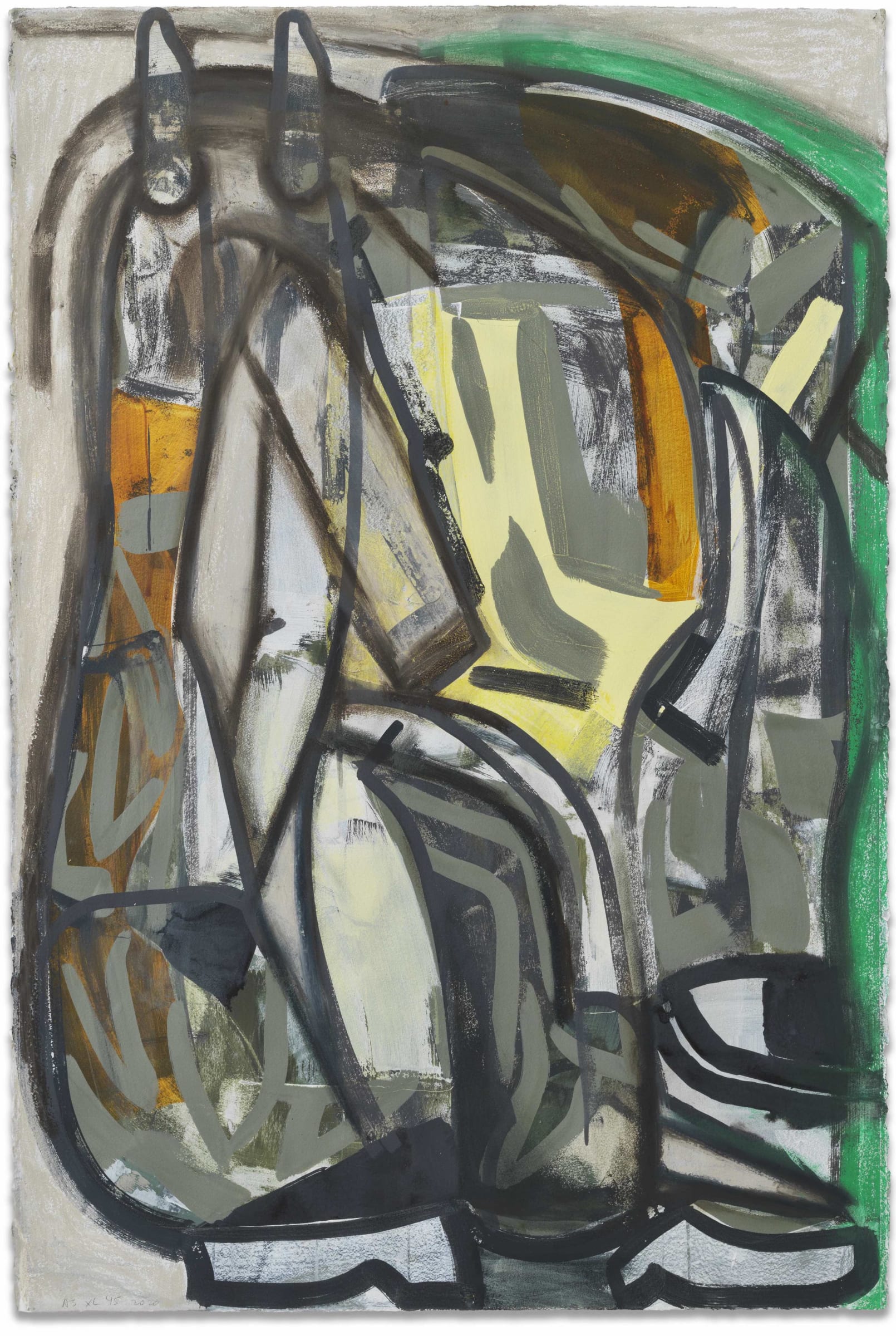

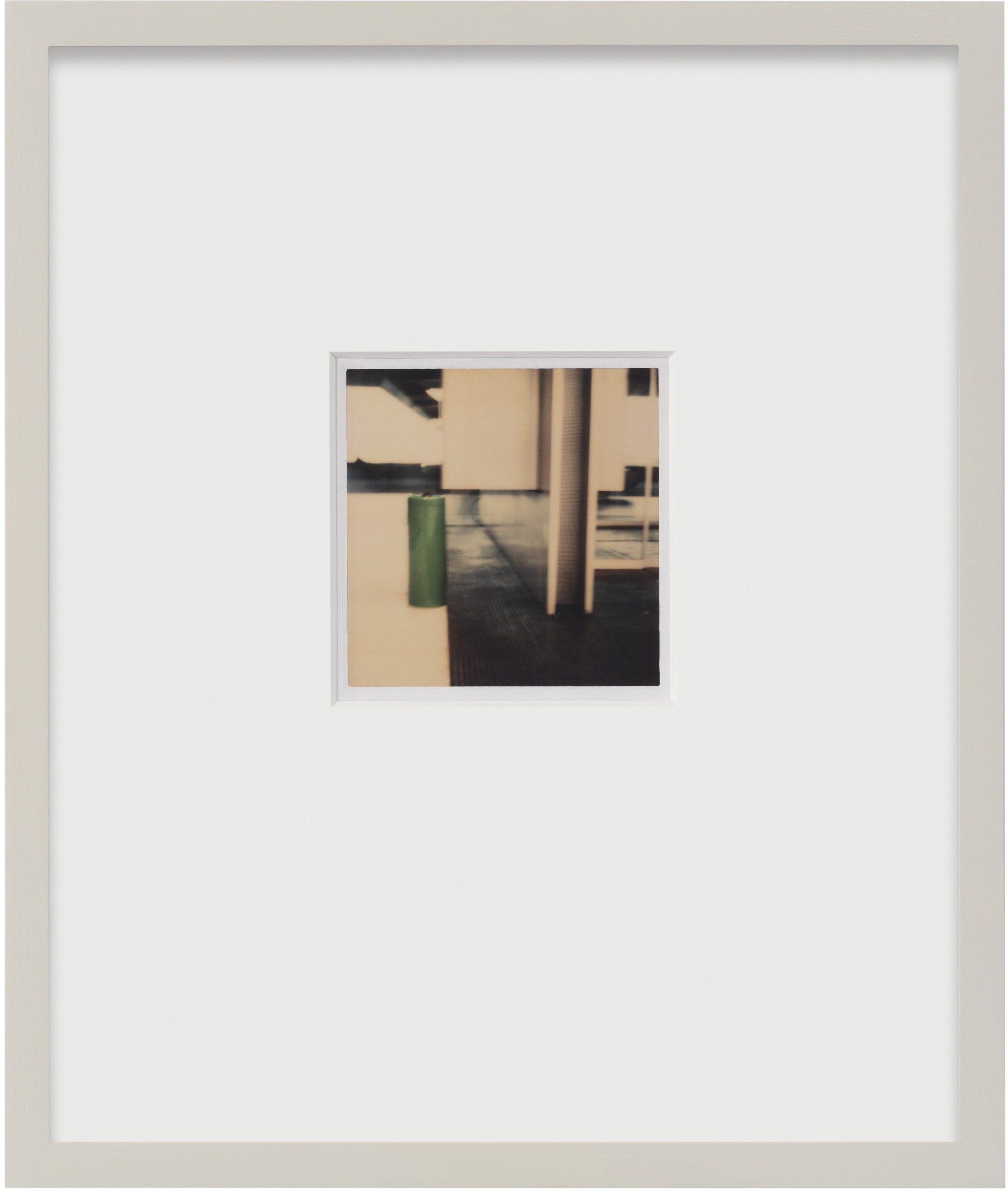
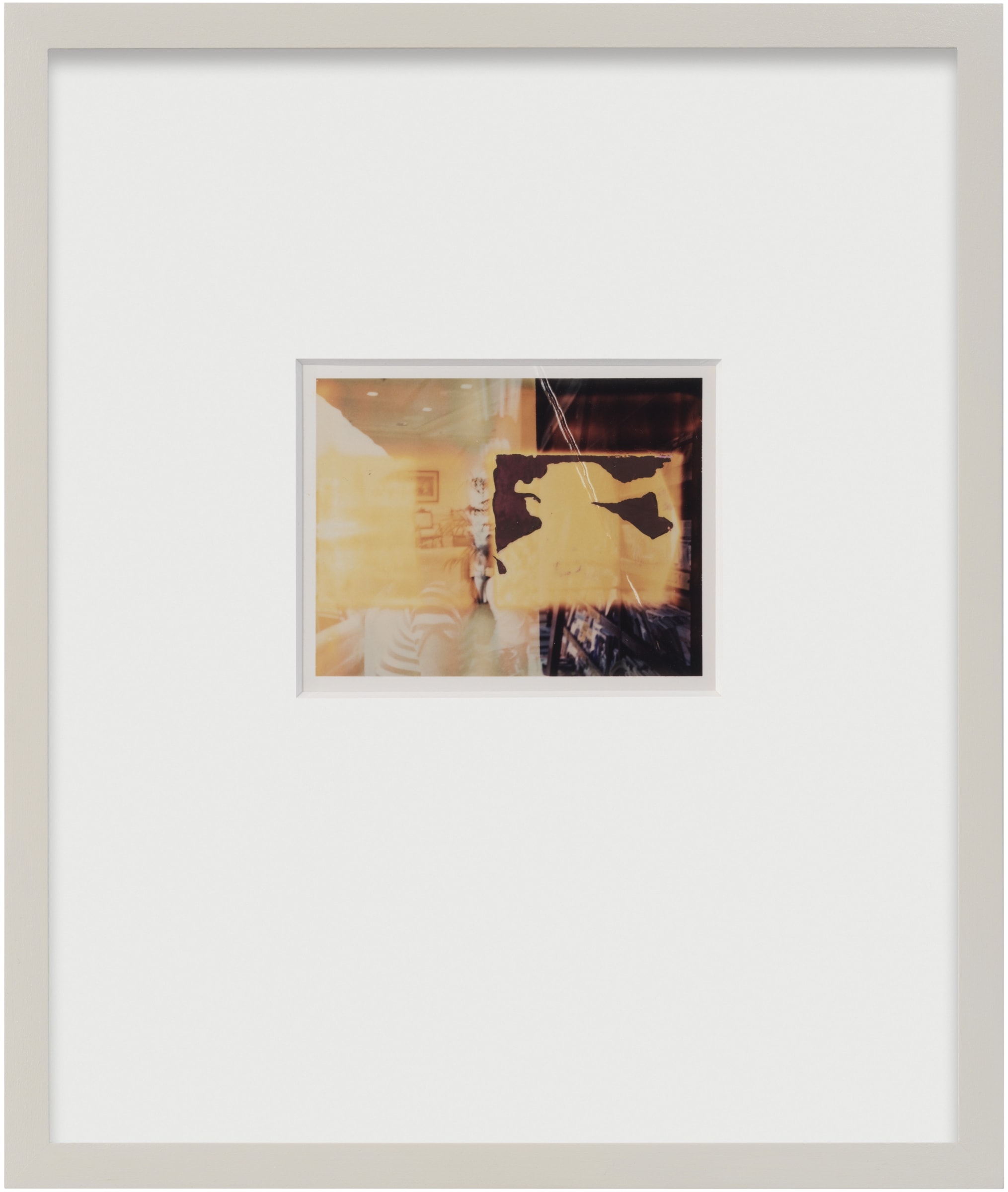

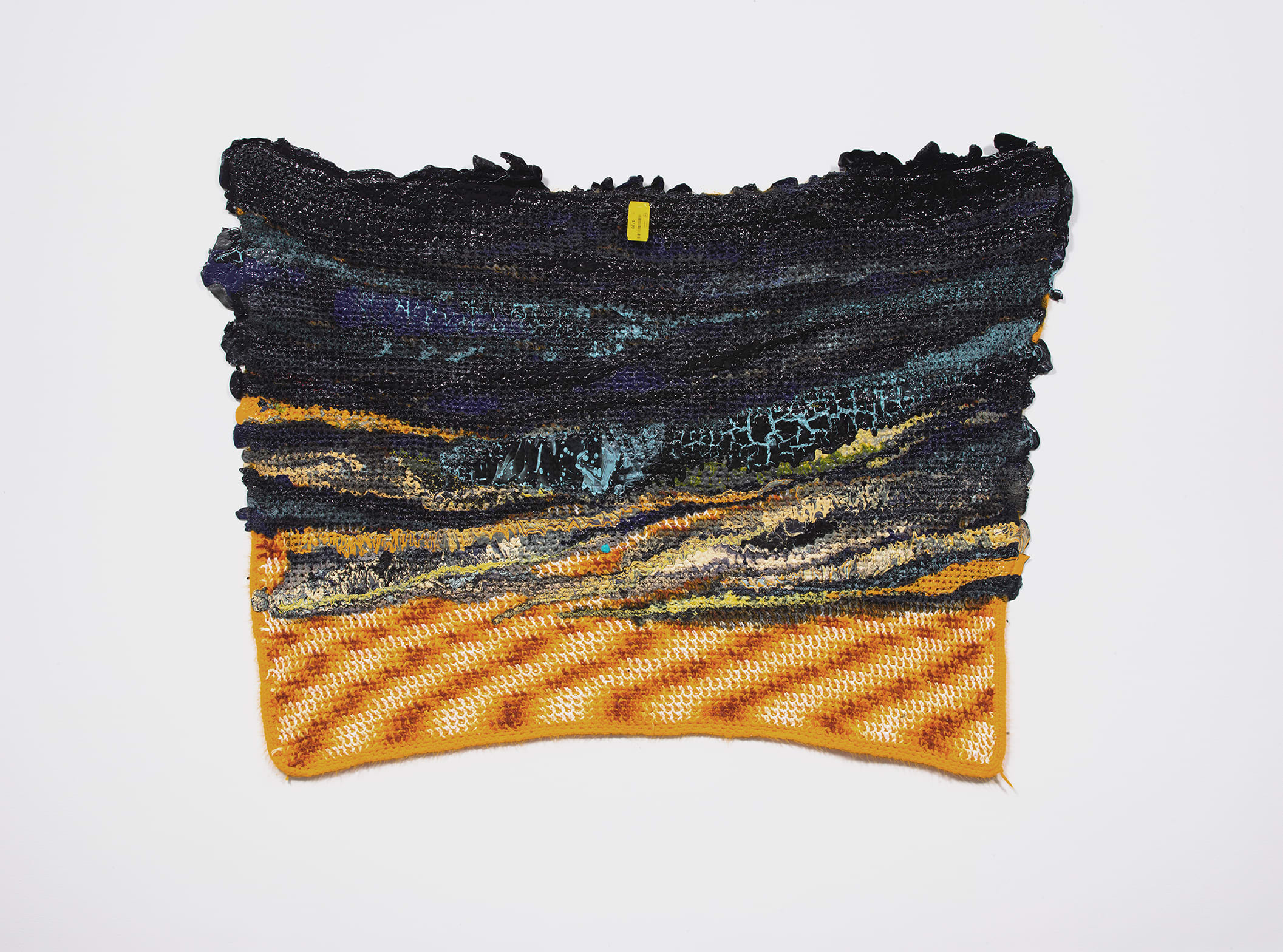
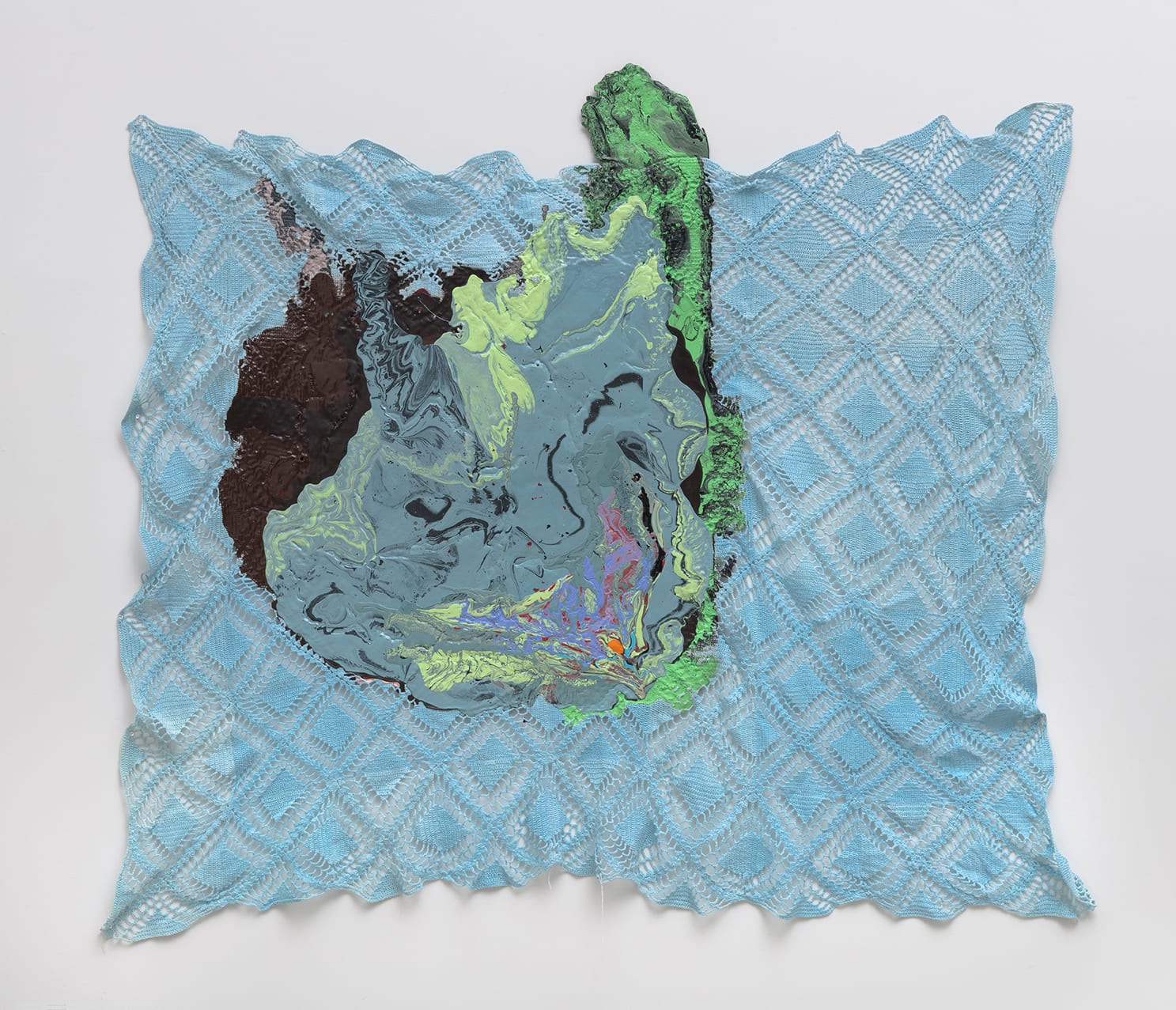
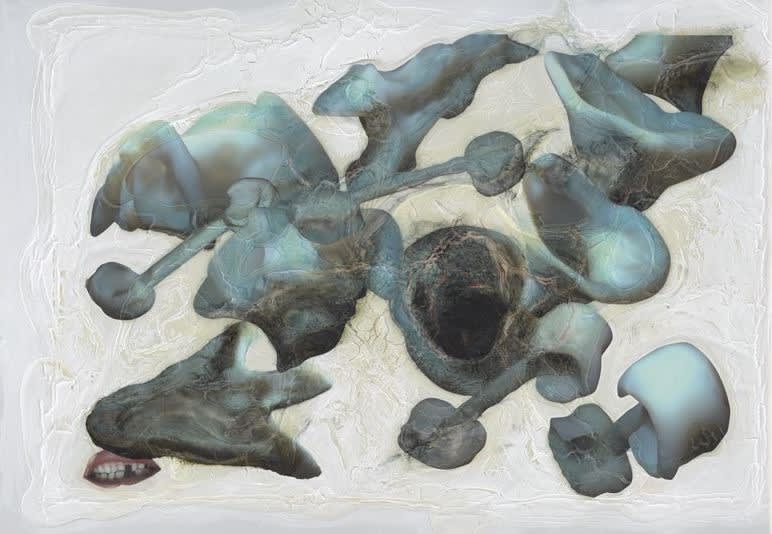
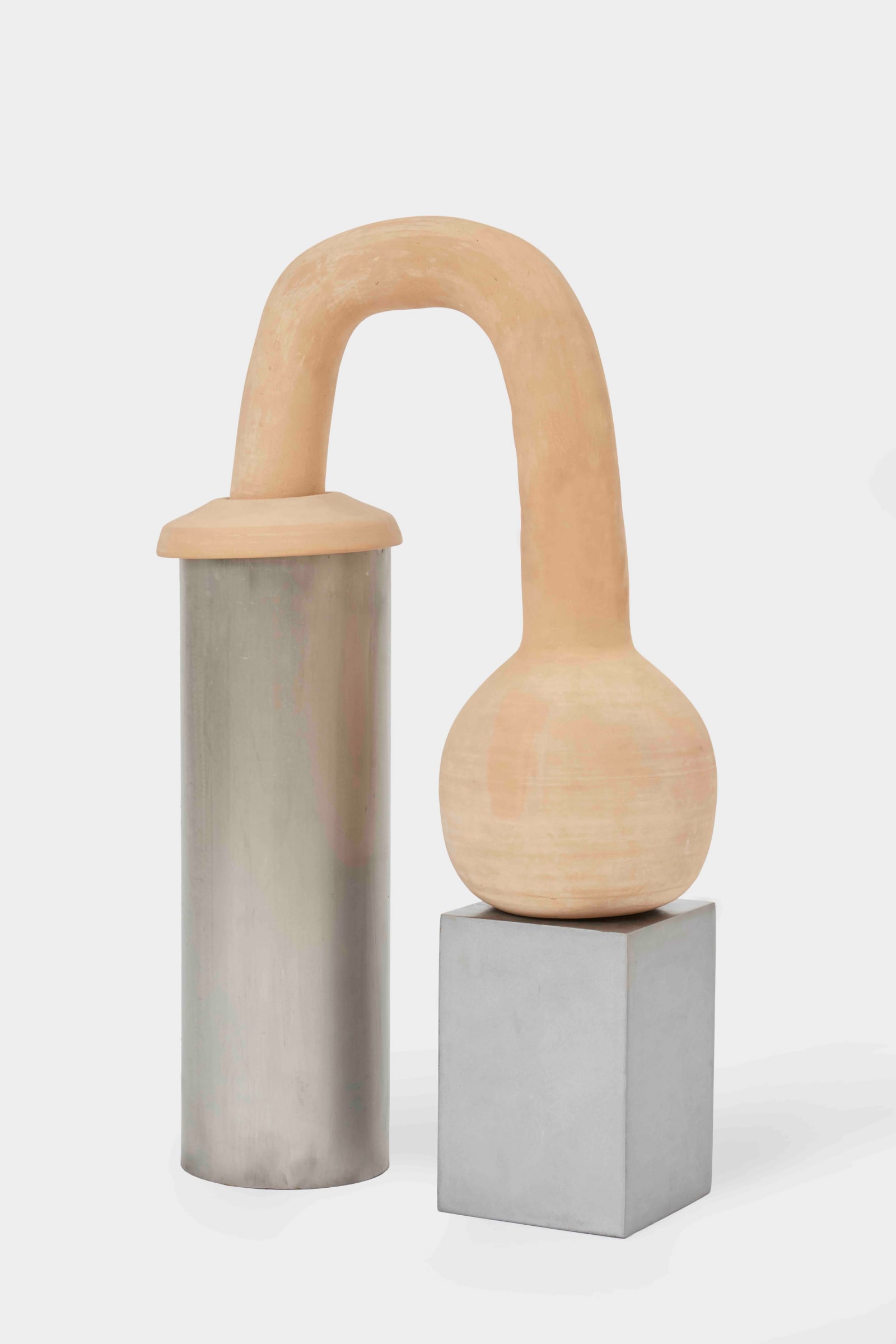
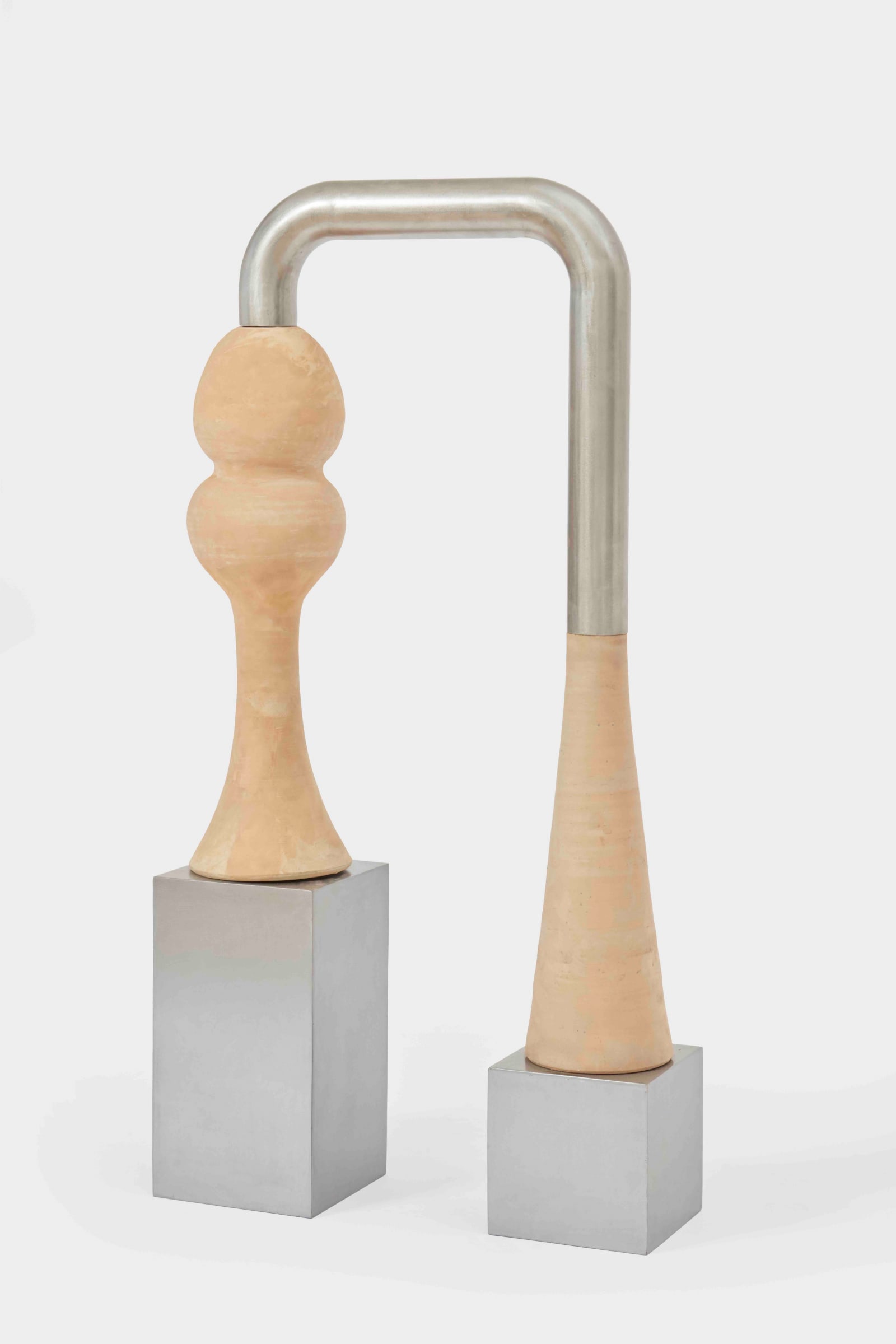

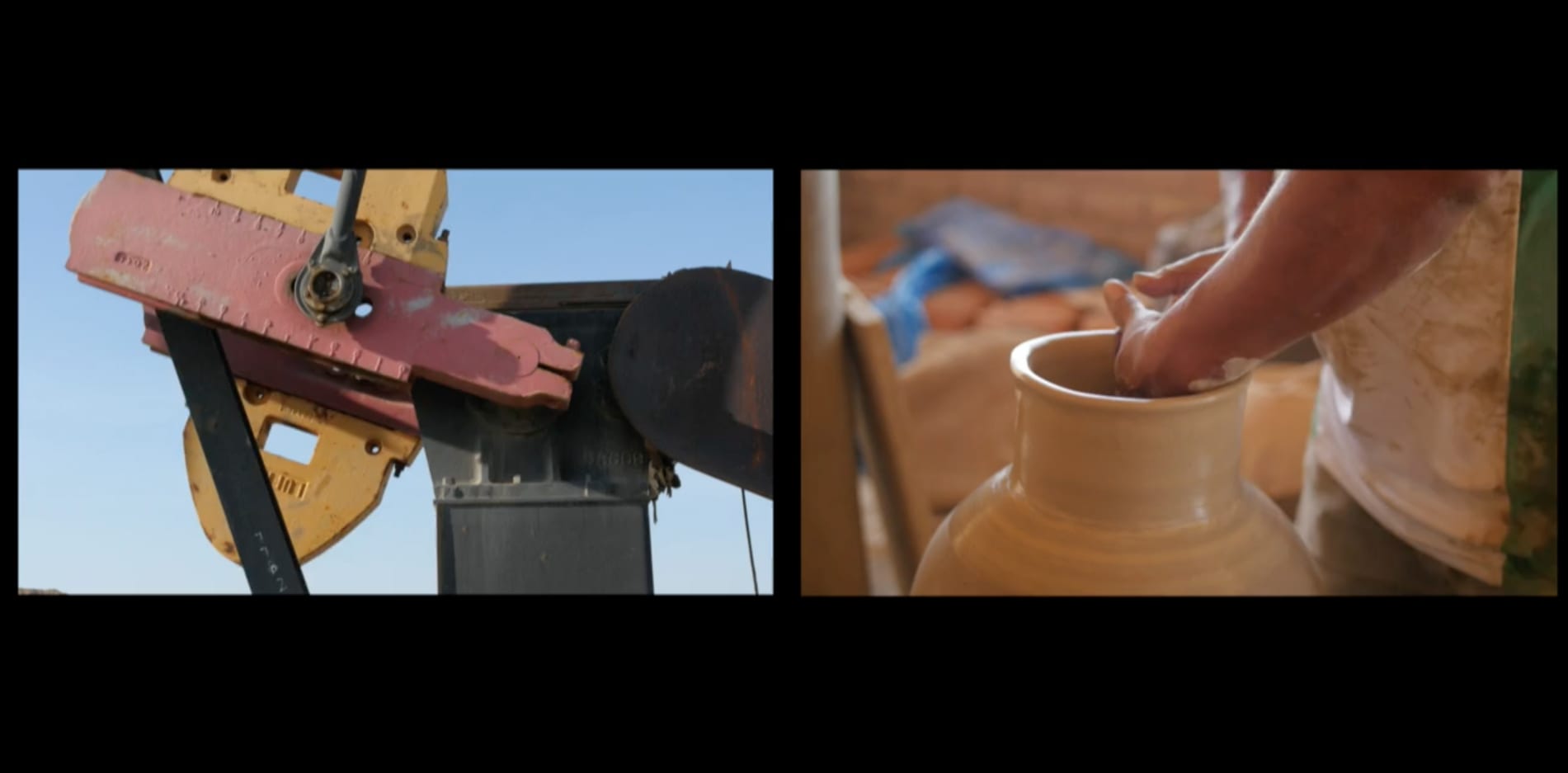
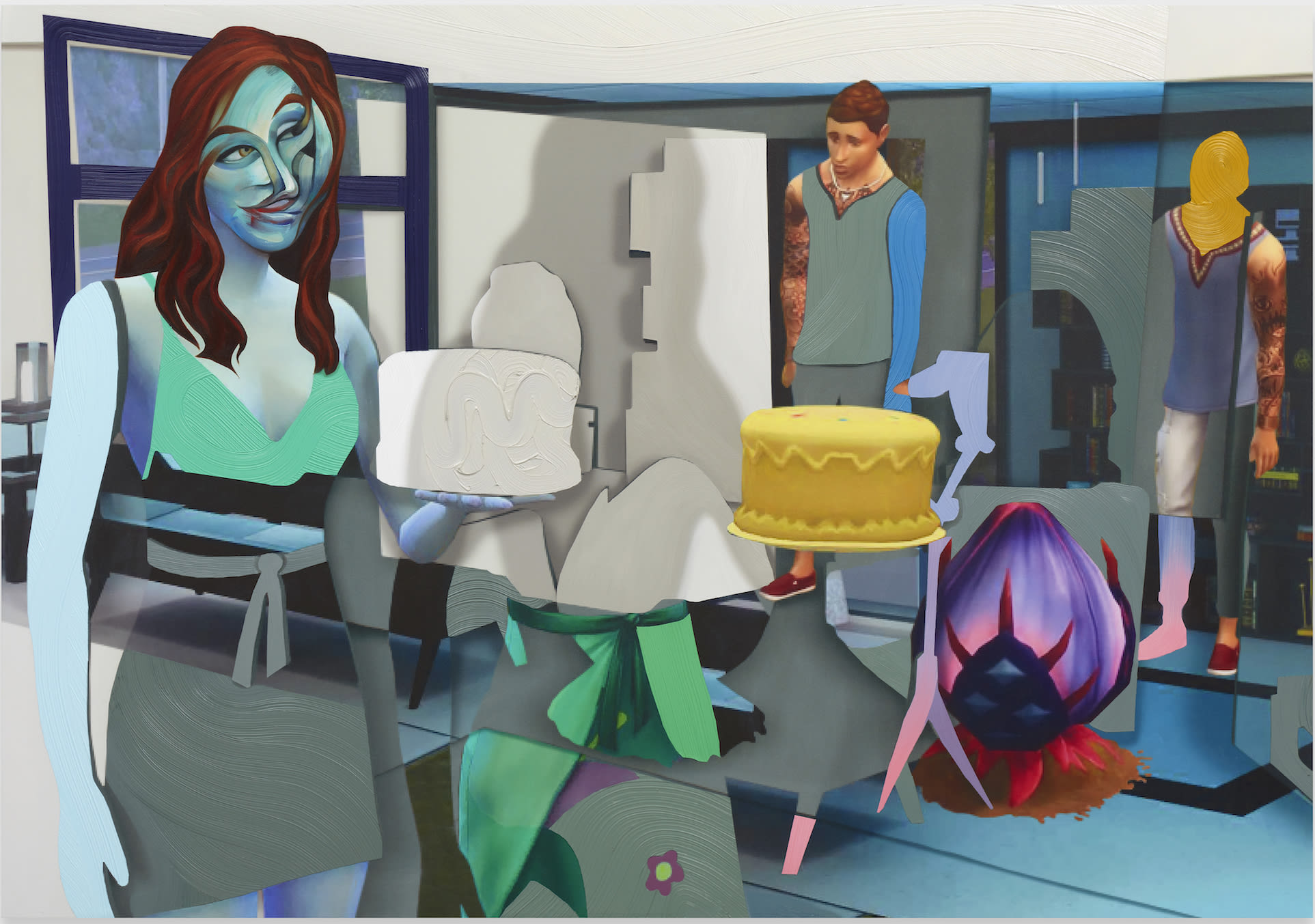
![Sarah Morris Deviancy is the Essence of Culture [Sound Graph], 2018 Household gloss on canvas Signed, titled and dated verso 91 x 90 cm / 35.4 x 35.4 inches](https://artlogic-res.cloudinary.com/w_2400,h_2400,c_limit,f_auto,fl_lossy,q_auto/artlogicstorage/capitainpetzel/images/view/e307228076a73bad87f20e54e8c38d79j/capitainpetzel-sarah-morris-deviancy-is-the-essence-of-culture-sound-graph-2018.jpg)






